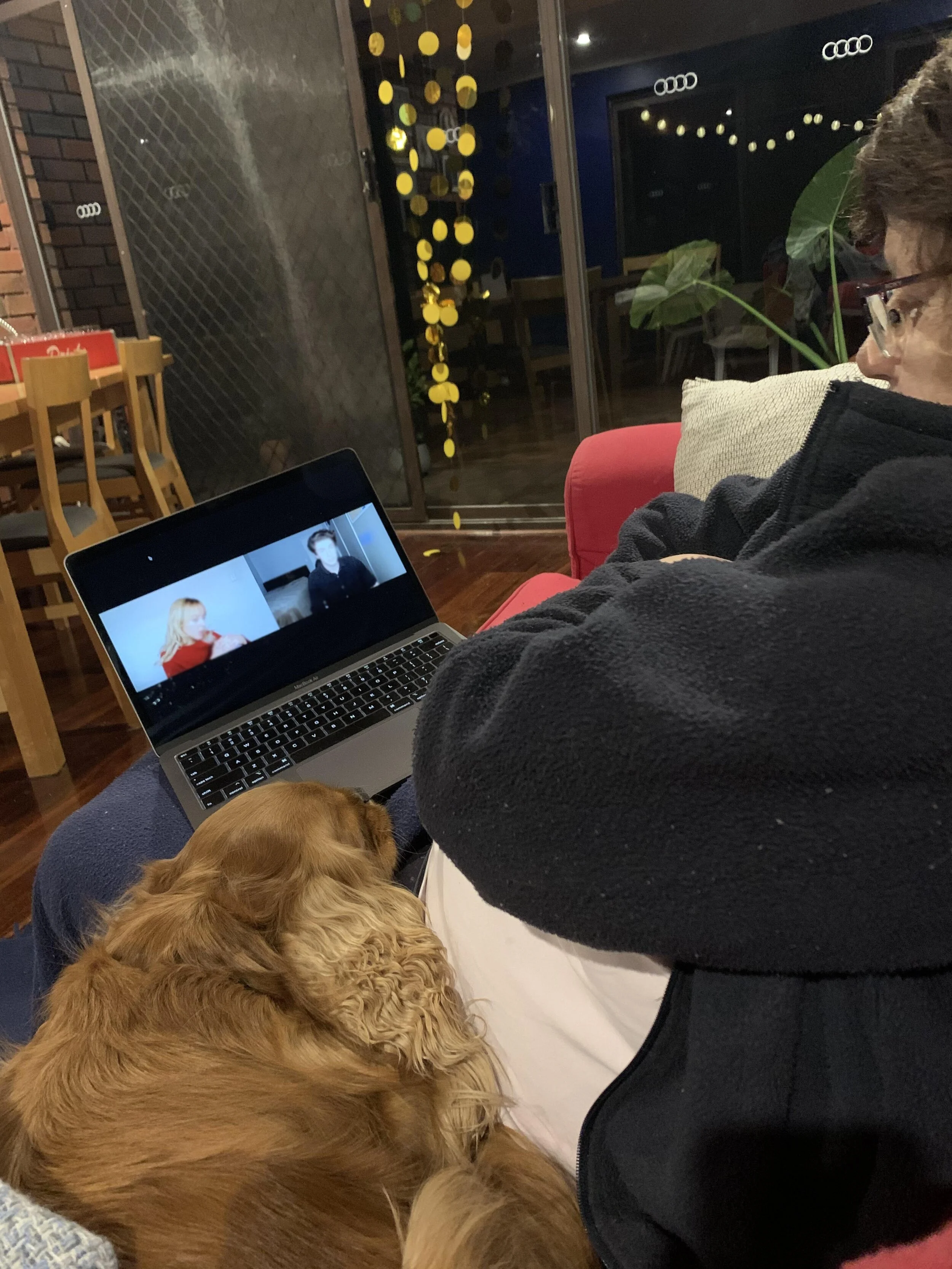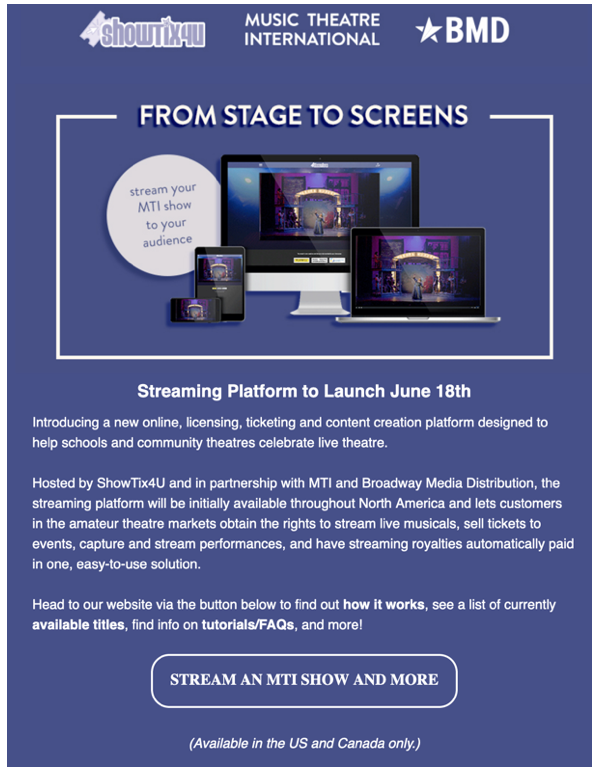Music Monday - The 25th Annual Putnam County Spelling Bee on zoom.
/On Saturday evening I drove into WAAPA at Edith Cowan University to see a production on zoom of the musical Spelling Bee, performed by Diploma of Music Theatre students under the direction of creatives Nicole Stinton (director and co-ordinator of the Diploma course), Tim How (musical director) and Jayne Smeulders (choreography).
I was curious to see this production. Very unusually, the audience were to gather in a lecture theatre on campus while the performers remained at home, ready to perform live over zoom. Across Perth, cast members farewelled their parents and families as the latter prepared to drive to WAAPA, and then the performers themselves settled in front of their laptops at home, ready to perform. Strange times indeed.
I confess that I was hoping that this might be the last zoom performance I would watch for the foreseeable future. Over the past few weeks I have seen several plays on this platform and although each had its merits, it was always hard to ignore the unfavourable comparison with a live performance. Spelling Bee would certainly be different in the sense that the performance was to be largely live – with some pre-recorded backup vocals and a couple of film sequences.
In the lecture theatre the atmosphere was that of excited curiosity – how was this going to work?
We were instructed to feel comfortable applauding after songs -although the performers at home wouldn’t hear us, the creative team had allowed for applause breaks.
And so the show started.
It was certainly more comfortable to watch on a large screen rather than home laptop. That was my first observation.
The premise for this production was ‘that due to Covid 19, the annual spelling bee had been forced online. The rules would be the same as usual, with one additional rule being that spellers must have both hands visible on screen as they spelled.’
In this production the four audience members in the original script became additional characters – the exchange student from Australia who had become stranded in the USA due to the pandemic, one of the speller’s Dads, and so on.
Solo songs were performed to backing tracks played in the singer’s own space. Back-up vocals had been pre-recorded.
The rehearsal process had clearly taken care and time with playing to the camera and to finding visual and aural clarity in dialogue between characters. There was a strong and vibrant energy in this performance -and a clear sense of ownership of and commitment to the production. There was some vocal pushing (perhaps because it was the final show) but there were also many memorable moments – one was the Dan Schwartz character who spent the performance cooking in his own kitchen, while manning the bell in the spelling bee. A convincing variation on how it is usually played. An unscripted (I think) but hilarious moment was when the family pet dog started barking. Even on the zoom platform, live performance throws up the unexpected!
At the end of the show the audience were clearly delighted with what they had experienced. I enjoyed every moment.
I spoke with Nicole Stinton afterwards and confirmed that she had chosen the musical before Covid 19 struck. It is hard to imagine a musical better suited to an online production.
I imagine that there will be many post-grad dissertations in the coming years about performing online during a pandemic. This production and its creatives would certainly have much of value to lend to the conversation.
Bravo to all.








